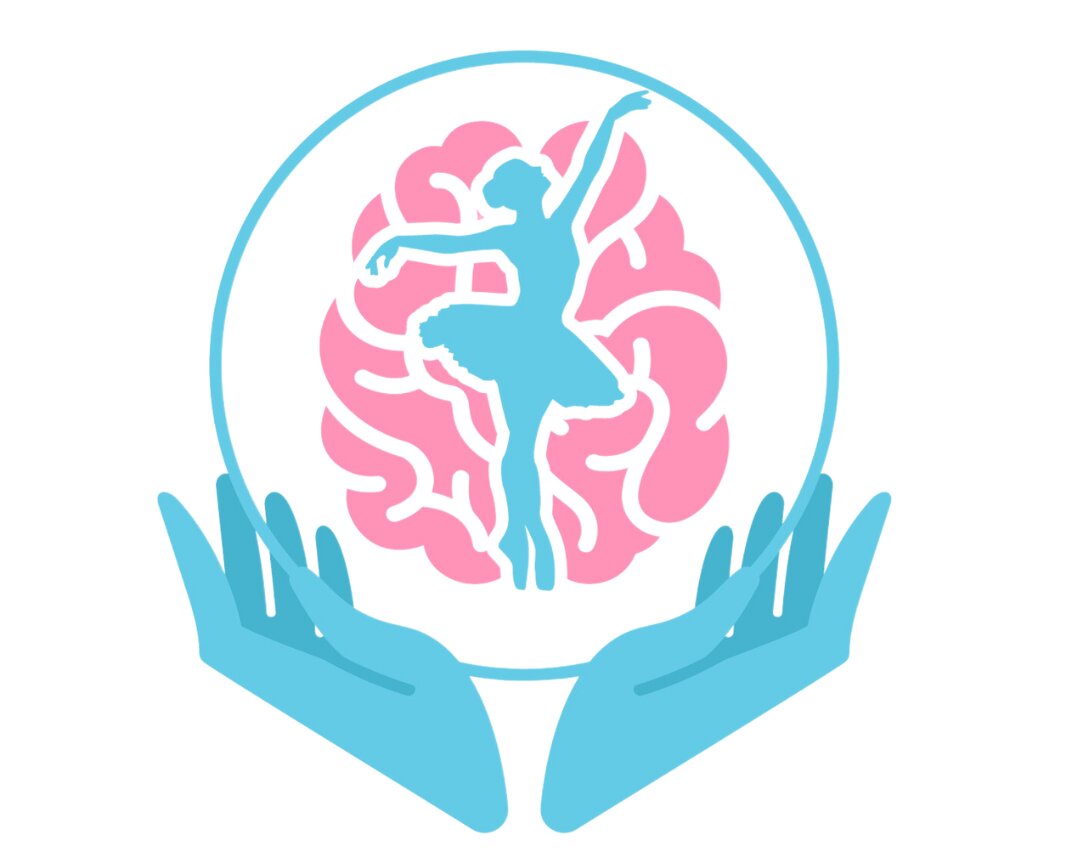Regardless of what age and stye you teach, being knowledgable about how spotting works is an important part of teaching turns in dance.
“Classical ballet demands excellent postural control, both statically and dynamically. Postural control is the act of achieving, maintaining, or restoring a state of balance during any posture or activity” (Hopper et al., 2014).
the science behind spotting
Since spotting is a complex topic, this blog will only go into depth a little! And I decided to organize it into a list of 7 simple tips that ANYONE can apply starting TODAY.
Spotting serves 2 major roles
- Not just for aesthetics, it also helps avoid dizziness
Practice changing spots
- By using different spotting locations since this is an important part of dancing- turning in different ways & positions
VOR helps pirouettes
- Ability of eyes to move equal/opposite to head motion, so it helps us spot during turns
Try finding a balance
- Between overly whipping & not whipping enough. Like a dial that you could turn to a 5/10
- If we overly whip head - we get neck tension. If we don’t whip it enough, the spot won’t be clean enough
Tips on Finding This
- Don’t think whip, think use your eyes and let that bring you around
Spotting Relies on Many Systems
- The visual, vestibular, & somatosensory systems sense the body’s position, while the motor system maintains balance
Sticker Spot Imagery
- Imagine dot at your chin level right in front of you- Stare at the dot: let the body rotate, & quickly return eyes to dot- Can be a fun & visual way to teach spotting
learn more in this printable e-book
SPOTITNG 101
Over 25 tips for $3.99.

